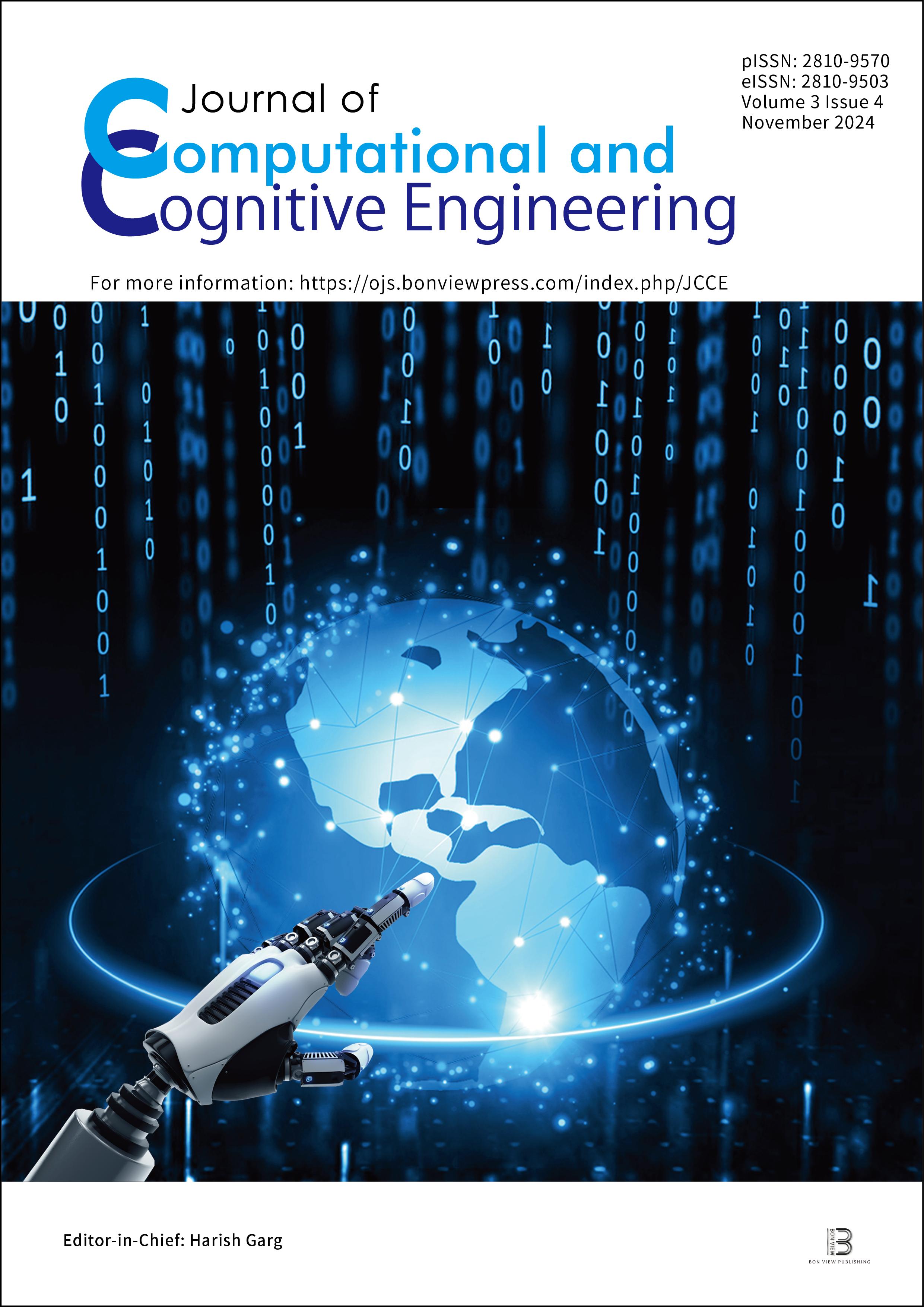Transfer Learning in Weather Prediction: Why, How, and What Should
DOI:
https://doi.org/10.47852/bonviewJCCE42022817Keywords:
transfer learning, meteorological applications, AI, weather prediction, high-impact weather, deep learning, climate analyticsAbstract
Transfer learning (TL) is a popular phrase in deep learning (DL) domain. It is one of the latest artificial intelligence (AI) technologies that has a significant impact on big data analysis. Methods of traditional machine learning (ML) require the availability of an adequate quantity of training data as well as similarity of characteristics among the feature spaces corresponding to training and test data while performing supervised learning tasks. However, in real-life analytical problems, data scarcity often arises. In such scenarios, the TL approach has shown effectiveness in transferring knowledge from the source tasks that had large training data to a target task that has less training data. Basically, in TL, a model that has been trained on one task is essentially applied to a second related (but not exact) task. In this way, the issue of distribution mismatch can also be addressed. TL is not like conventional machine learning algorithms that try to learn each task starting from the beginning. Meteorological research is such an example of big data analysis which often faces the data scarcity issue. The current study addresses the contemporary challenges in weather forecasting that can be solved (or better dealt with) using TL methods. It presents a brief review of earlier research with the evolution of various technologies used since 1990s, followed by potential applications of TL algorithms to several key challenges in weather prediction, which includes the prediction of air quality, thunderstorms, precipitation, visibility, and cyclones, among others. Special emphasis is given to high-impact weather (HIW) prediction. These high-impact events are extremely difficult to predict, and they can cause enormous property damage and fatalities around the world. TL techniques have shown advantages in predicting HIW. Various challenging issues in implementing TL technology are then discussed. Finally, we address various prospects associated with TL, propose new research directions, and more importantly mention some concerns for beginners in DL-TL research. An extensive list of references is also provided.
Received: 12 March 2024 | Revised: 11 May 2024 | Accepted: 7 June 2024
Conflicts of Interest
The authors declare that they have no conflicts of interest to this work.
Data Availability Statement
Data sharing is not applicable to this article as no new data were created or analyzed in this study.
Author Contribution Statement
Sankar Kumar Pal: Conceptualization, Methodology, Validation, Formal analysis, Writing – original draft, Writing – review & editing, Visualization, Supervision, Project administration, Funding acquisition. Debashree Dutta: Conceptualization, Methodology, Validation, Formal analysis, Writing – original draft, Writing – review & editing, Visualization, Supervision, Project administration.
Metrics
Downloads
Published
Issue
Section
License
Copyright (c) 2024 Authors

This work is licensed under a Creative Commons Attribution 4.0 International License.






